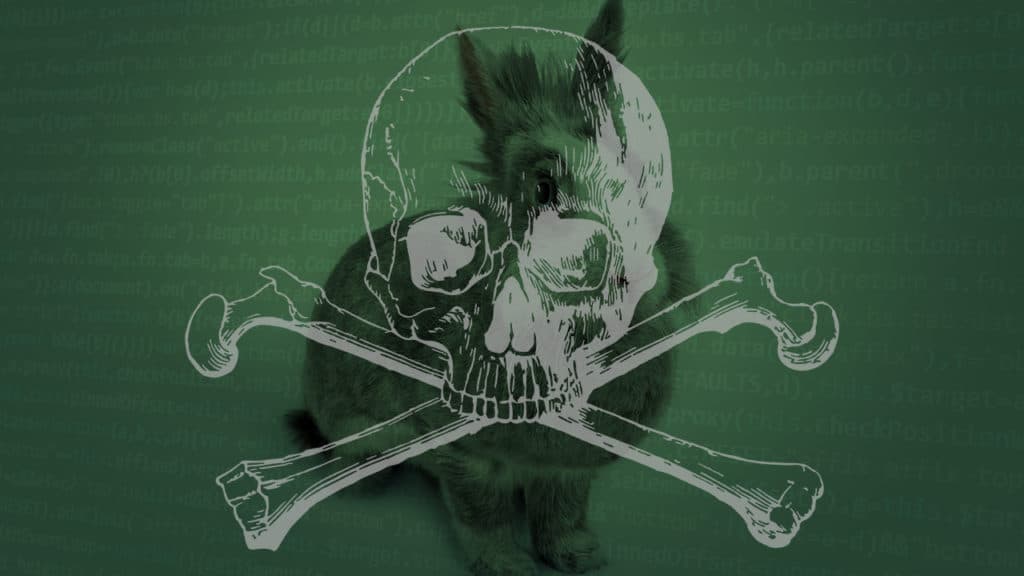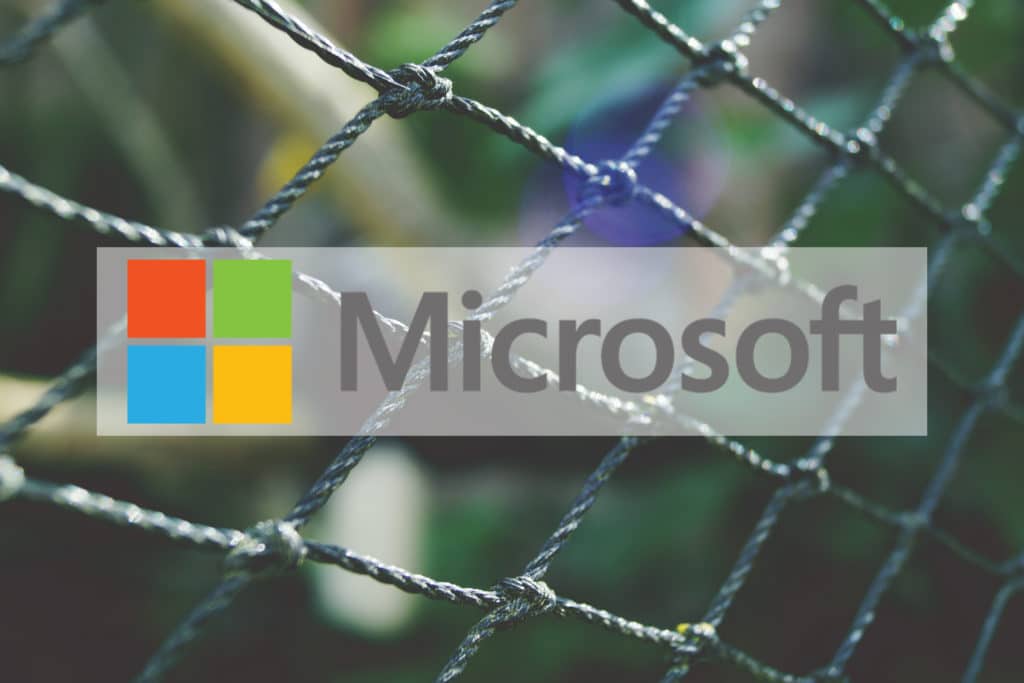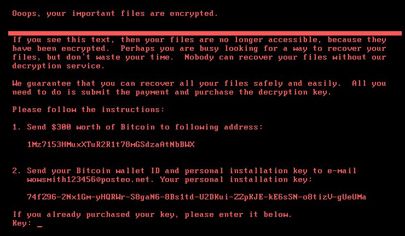A macro is a small piece of code that runs within a software program such as Microsoft Word or Excel, and is normally used to automate common or repetitive tasks. Macro malware is the practice of hiding a virus in a macro code and enticing unsuspecting users into downloading a Word or Excel file and running the macro script within, which then will download a virus, malware or even ransomware onto that person’s PC. Macro malware was common during the 1990s, but lapsed in popularity through most of the 21st century as increasingly savvy PC users learned how to spot the spam or phishing emails that delivered them, which were often riddled with typos. Nowadays, however, macro malware is seeing a big return due to two factors – Phishing emails are becoming increasingly sophisticated and no longer have obvious typos in them, and ransomware – a very profitable form of malware for criminals – can be easily downloaded via a macro, leading to entire networks being encrypted and held to ransom. It is now critical that all users understand the threats that macro malware can pose, particularly to their organisation, and learn how to spot the attacks before it’s too late.
New Mass-Ransomware Strain ‘BadRabbit’ Hits Global Companies
In May of this year, the world was shook by a global ransomware attack, the now-infamous WannaCry, which is believed to have affected more than 400,000 machines. It shook the world, crippling business big and small across a wide variety of industries. It utilised a vulnerability in the outdated Windows protocol Server Message Block (SMB) v1, and Microsoft even developed a patch for Windows XP to help defend against it. How could such an attack have caught so many organisations off guard? Well, lack of patching, cited the experts, and lack of security awareness on behalf of their employees. Patch your machines now, train your staff, and you’ll be OK going forward. Then, the following month, it happened again – the world was hit by NotPetya, a ransomware strain believed to have infected a further 250,000 machines around the world. It’s worth noting that both attacks managed to affect PCs in Ireland, and that the second of the two major attacks could have been prevented if these companies had taken appropriate measures following WannaCry.

BadRabbit is the latest in a streak of mass-ransomware attacks this year, and may have been unleashed by the creators of NotPetya
As of this week, yet another strain of mass-ransomware is out in the wild, which has been dubbed BadRabbit. While it doesn’t utilise the same vulnerability as the previous two infections, its modus operandi is very similar in that it relies on both the SMB v1 protocol (which is largely defunct in 2017) and heavy use of social engineering to trick employees into clicking their malicious links. It’s an epidemic, and too few companies are learning the lessons that the cyber and business communities have gleaned from these attacks.
Windows 10 Creators Update Introduces New Features to Defend Against Ransomware
Ransomware has taken the world by storm this year, costing millions for businesses around the world. In the last 12 months alone, the number of ransomware variants spotted in the wild has more than doubled. As its prevalence has increased, so has the complexity of the attacks, and new ways to defend against them have been developed. Microsoft have been known to take the ransomware threat very seriously, even releasing a security patch for the long obsolete Windows XP operating system in the wake of the infamous WannaCry attack back in May. With the realease of the Windows 10 Creators Update (build 1703), now there are even more features built right in to the OS that can prevent and protect against ransomware. In fact, it’s so secure that Microsoft claim no Windows 10 devices were affected by WannaCry.

The Creators Update of Windows 10 is Microsoft’s most secure operating system yet, containing many anti-ransomware features
Spear-Phishing
“Spear phishing is an email or electronic communications scam targeted towards a specific individual, organisation or business. Although often intended to steal data for malicious purposes, cybercriminals may also intend to install malware on a targeted user’s computer.”
Gone are the days when the only phishing threats were from poorly spelled emails asking you to claim Clubcard points. With the cybercrime-as-a-service (CaaS) industry estimated to be worth in the billions each year, cyber criminals are becoming increasingly organised in the way they implement their attacks. Instead of sending out random emails and hoping for the best, spear-phishing involves researching a particular organisation, probing for weaknesses, then sending highly targeted, personal phishing emails. These emails may appear as if they come from your CEO, or IT manager, or even the colleague that sits next to you. It is estimated that over 90% of successful data breaches by cyber criminals started with a spear-phishing attack. The best means of prevention is to implement an ongoing cyber security awareness program, as trained staff can detect and block spear phishing attacks before it’s too late.
New Global Ransomware ‘Petya’ May Be Deadlier Than WannaCry
Back in May, the world saw a global ransomware attack on a then-unprecedented scale – WannaCry. This cyber attack affected more than 230,000 computers in more than 150 countries, and is estimated to have cost businesses up to $4 billion. To say that businesses were caught off-guard is an understatement, with the malware utilising vulnerabilities in the long-obsolete Windows Server Message Block (SMB) v1 and through computers with out-of-date Windows security patches. It gets onto a network most often through human error – employees clicking phishing emails – then spreads like wildfire to other machines that are connected to the internet.
This week, however, reports came in from Ukraine and across Europe that a new mass-ransomware attack was underway. Initially theorised to have been a variant of WannaCry, cyber security experts now believe it to be a variant of Petya, a strain first seen in 2016 which was then predicted to be “the next step in ransomware evolution”.


